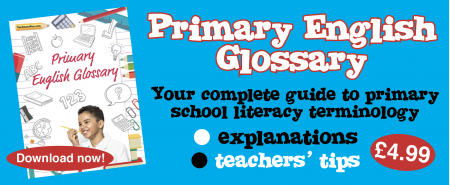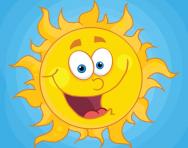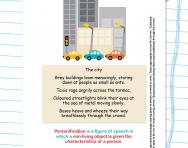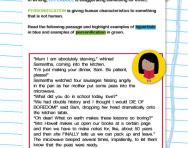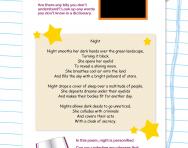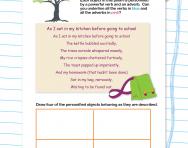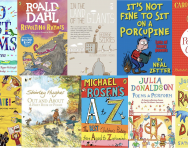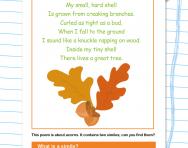What is personification?

What is personification?
Children in Key Stage 2 start to think about how writers use figurative language to create effect in their writing. One type of figurative language is personification, which is giving an object human characteristics (emotions, sensations, speech, physical movements).
Examples of personification for children
The cruel waves crashed mercilessly and swallowed the poor swimmer.
Here, the writer describes the waves using human attributes, 'cruel' and 'merciless'. The waves are also given a human physical process, swallowing, when waves cannot literally swallow something.
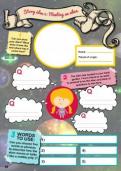
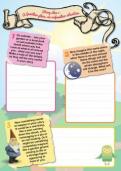
Download a FREE Creative Writing toolkit!
- KS1 & KS2 workbooks
- Bursting with fill-in prompt sheets and inspiring ideas
- Story structure tips, style guides and editing suggestions
Personification is also used in everyday sayings, for example:
Those flowers are crying out for water.
This expression is designed to tell us that the flowers need watering, but it implies the flowers have a voice. It also makes the sentence quite emotional, perhaps as a way of conveying urgency (someone needs to do something about the flowers quickly!).
London is a city that never sleeps.
This expression tells us that London is a city that is lively all the time. A city cannot literally be awake or asleep, but the expression tells us something about the people who live in the city and their activities, and how they characterise a city.
When are children taught personification?
Teachers will start to mention personification to children in Key Stage 2 (probably around Year 4 or 5).
Personification is usually taught through poetry. A teacher might start by showing the children a poem such as this one: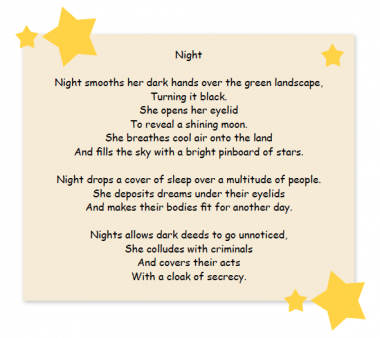
Children might be asked to give examples of personification in the poem. For example:
- Night is often referred to as 'she' in this poem.
- Night is given body parts, such as hands and eyelids, and is said to 'breathe'.
- Some verbs are used to suggest that night has intentions, such as: 'colludes' and 'allows'.
Children would probably need to study a variety of poems before they would be ready to start writing their own personification poem. A teacher would either think of an object to encourage the whole class to write about, or they might allow children their own choice. They might prompt the children with questions about all the different aspects of a human being and how you could relate this to the object. For example:
- Which parts of the object could you compare to human body parts?
- What feelings could you give the object that make it sound human?
- What actions could the object carry out that are similar to a person's action?
Children might brainstorm these ideas on a spider diagram and then start drafting their poem.

Give your child a headstart
- FREE articles & expert information
- FREE resources & activities
- FREE homework help
